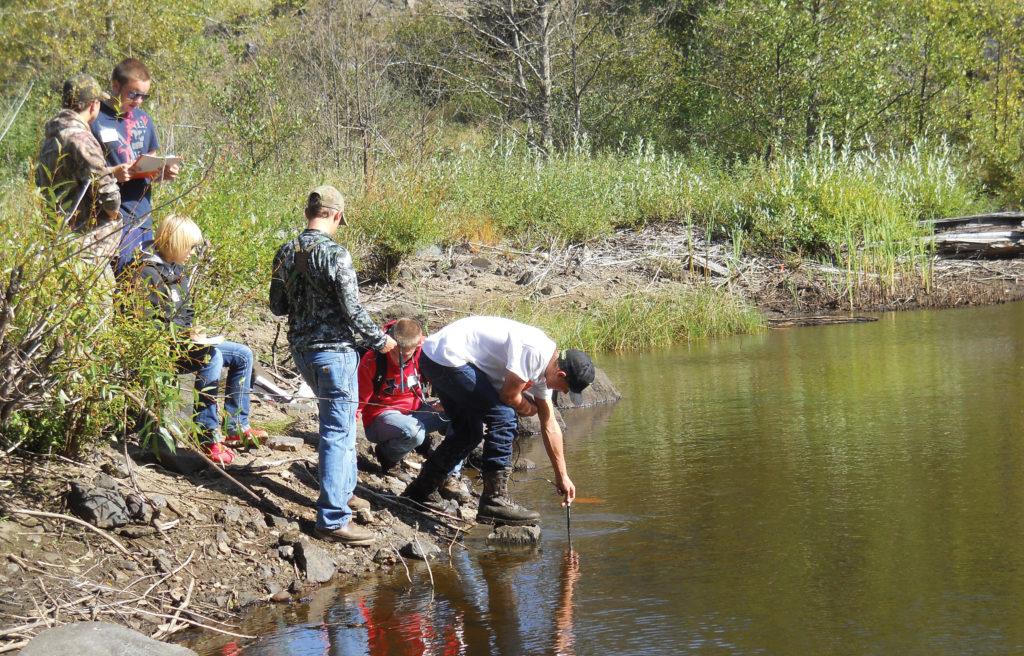By Robyn Johnson, Managing Director of Chemistry, Biology, and Environmental Science

In 1980, I was a high school student in Vancouver, Washington. From the school grounds, we had a clear view of Mount St. Helens, only 40 miles to the north. Throughout that spring of my senior year, we would occasionally see bursts of steam rise as small eruptions rocked the mountain and would run out of the building to see if it was “the big one.” The big one didn’t happen during our school day, but it did eventually arrive on Sunday morning, May 18, 1980. It was a devastating blow to all life in its path.
Ever since that memorable day 34 years ago, scientists have been studying this unique, living laboratory as it recovers from the eruption. Recently, I was privileged to observe some 21st century high school students using Vernier technology to study the recovery of the land and the water in the blast zone. They are participating in a program run by the Mount St. Helens Institute, a non-profit organization that gives high school students a chance to work side by side with scientists, researchers, and natural resources professionals. Students are on the mountain for two days, using Vernier LabQuests and sensors to measure temperature, pH, turbidity, and total dissolved solids of newly formed ponds, existing lakes, and the newly formed Coldwater Lake. Each site is unique due to the disturbance type resulting from the 1980 eruption, the successional stage, and land use prior to and post eruption. “Field studies are an important aspect to understanding the scientific process and to engaging with the outdoor classroom,” says Abigail Groskopf, Science Education Manager at the Mount St. Helens Institute. “The Vernier LabQuest and sensors expose students to accurate data-collection technology that can easily be recorded in the field and analyzed back in the classroom.”

The students’ researchable questions are not limited to the waters of Mount St. Helens. They are valid questions for surface water around the world. Sample questions include
- How does the temperature and diversity of detritus affect algae growth in ponds?
- Does the amount of detritus in a lake have an effect on lake pH?
- Does the temperature of lake water affect its macroinvertabrates?
Students return to their classrooms to analyze the data, and the program concludes with a conference and summit at Washington State University Vancouver. Over 150 students participated in the 2013/2014 school year with one student stating, “The most fun part of the experience was using the tools to collect the data.” As a student watching the eruption in 1980, I never imagined that my career path would lead me to help develop these tools for the high school scientists of the future.
